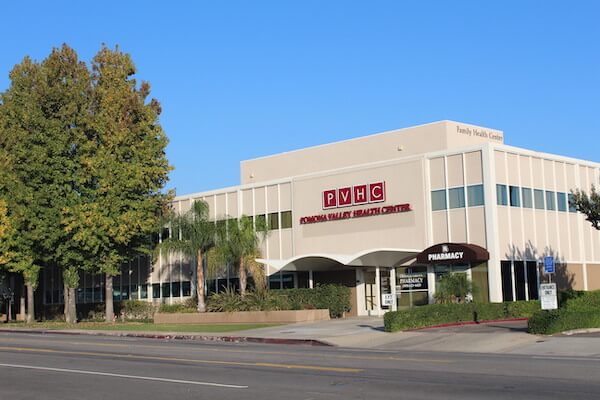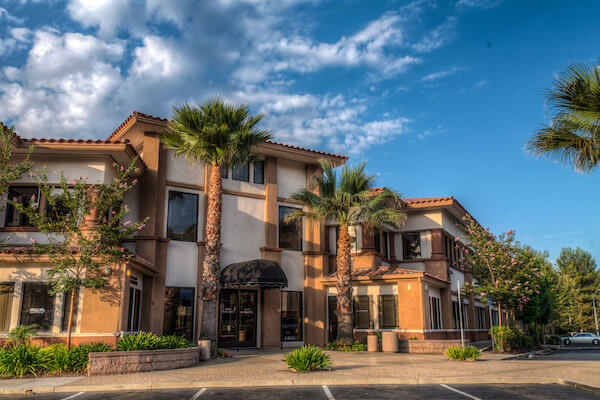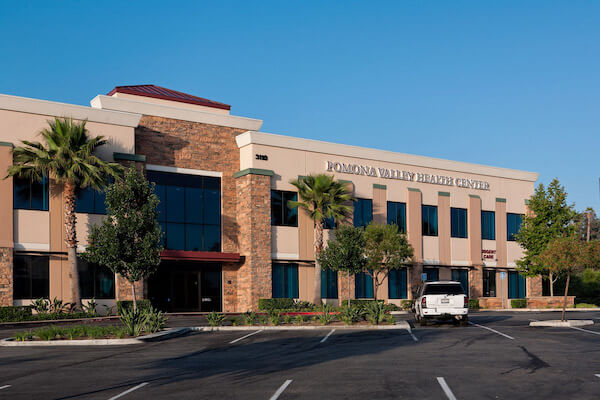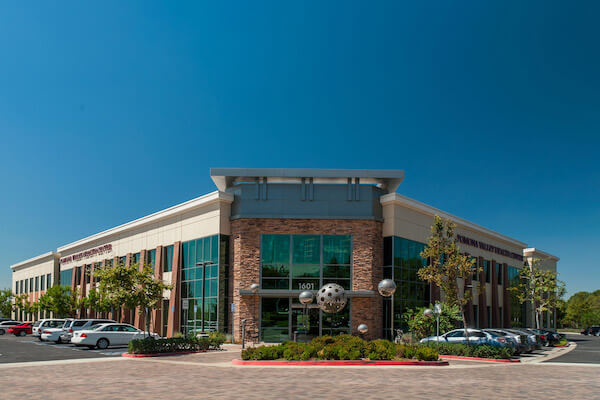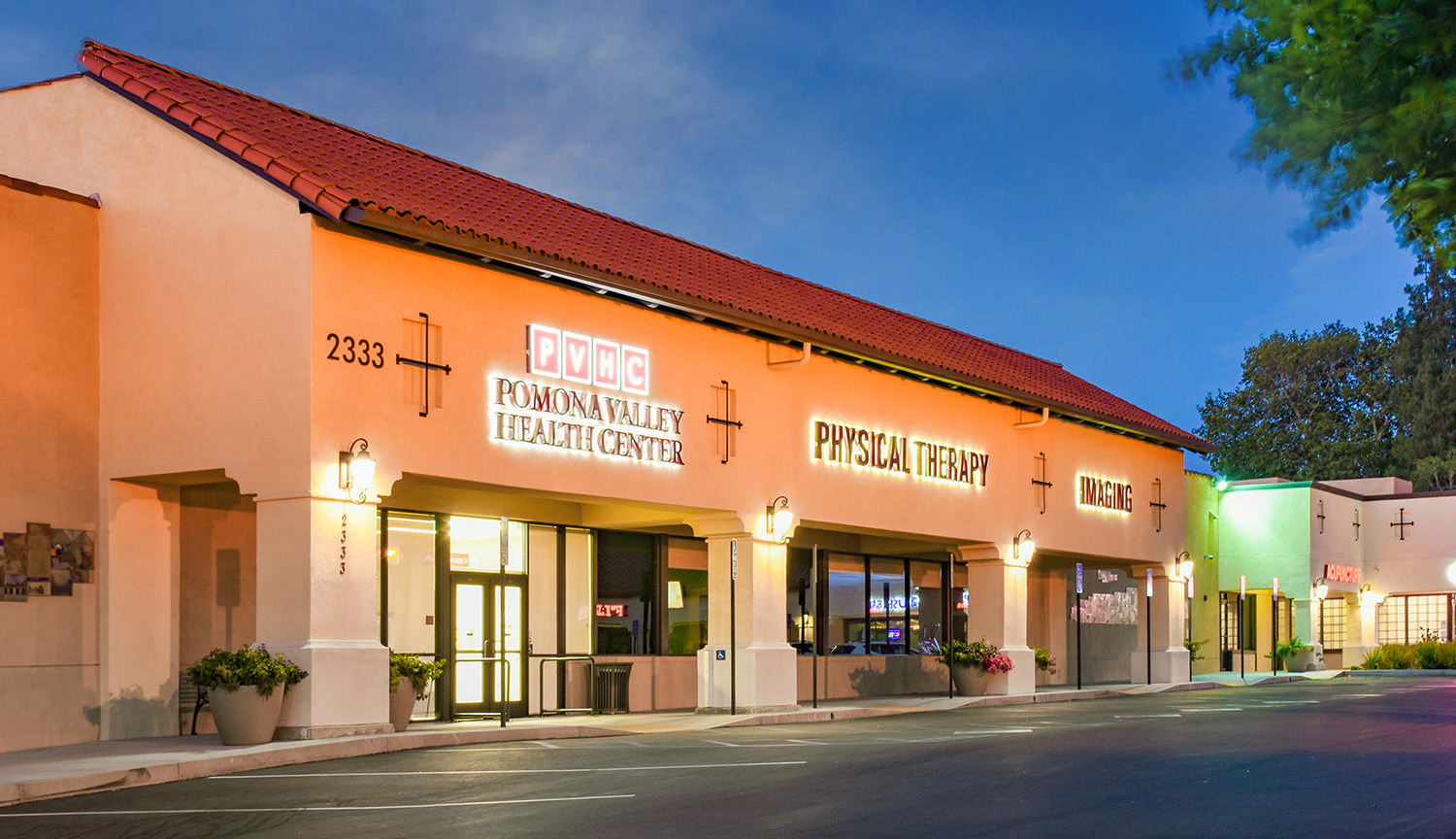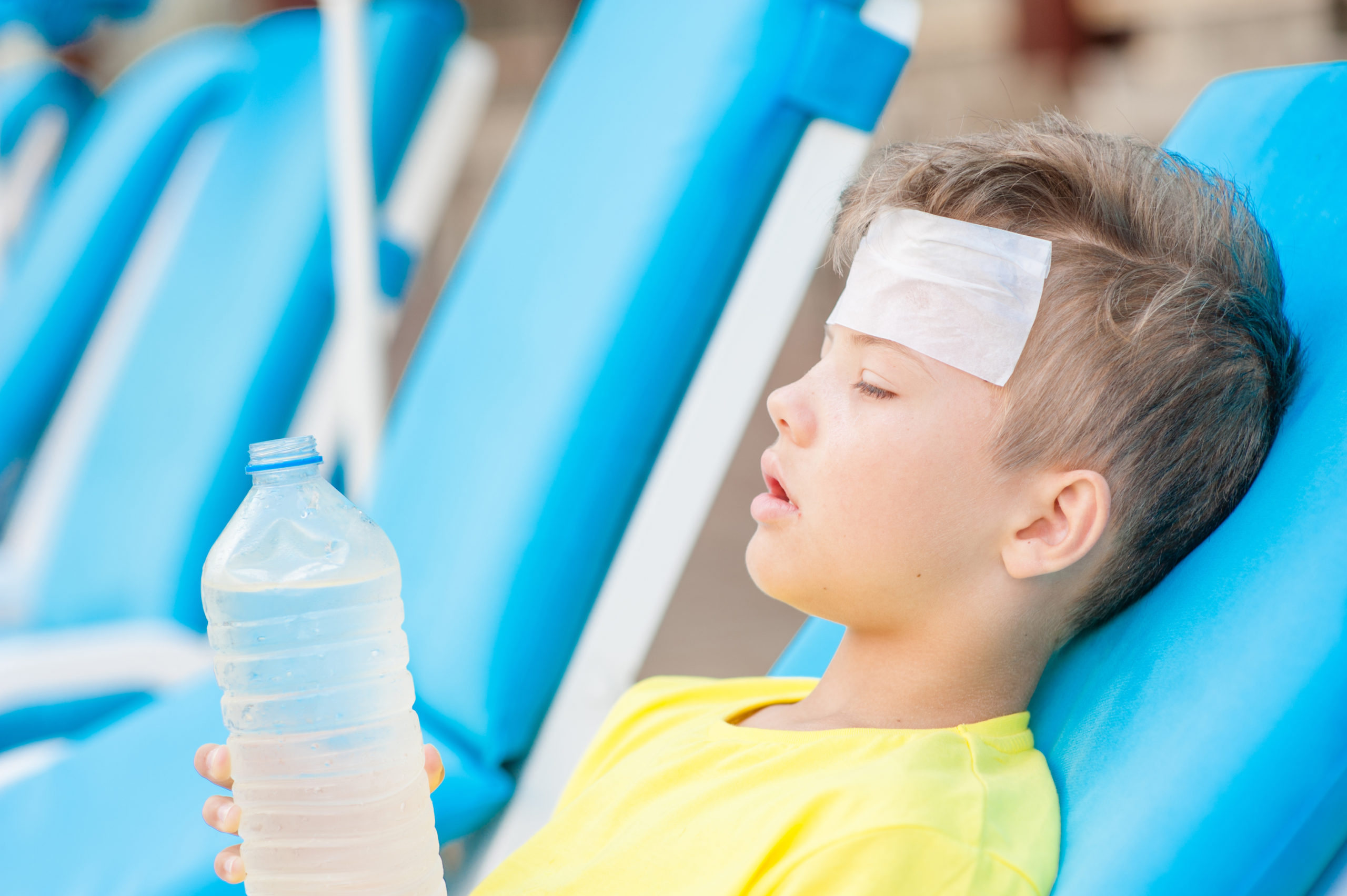
Dehydration is an excessive loss of fluids from the body. It happens when the total amount of fluids lost through sweating, urination, diarrhea and/or vomiting is more than the fluids taken in. With the heat of summer upon us, people of all ages are at risk of dehydration, especially while enjoying outdoor activities. Though it is typically not dangerous, dehydration must be treated to avoid complications.
Signs of dehydration include excessive thirst, dry mouth, less-frequent urination or dark-colored urine, and fatigue. To avoid severe dehydration, drink plenty of clear fluids when you notice any of these symptoms. Heat exhaustion is the most common form of heat illness and is a more severe form of dehydration.
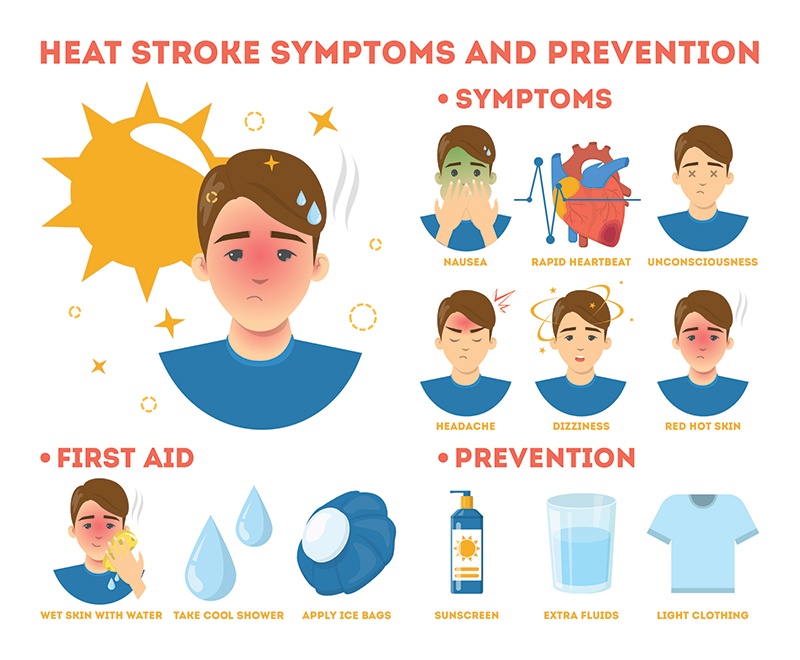
Five types of heat illness
Heat-related illnesses are preventable. Here are 5 types of heat illness and what you can do if you or a loved one is experiencing signs and symptoms:
- Sunburn
Sunburn occurs after too much time in the sun without sunscreen or protective clothing. It causes painful, red and warm skin and, in some cases, blisters. If you are experiencing painful sunburned skin, stay out of the sun as much as possible, take a cool bath, apply moisturizing lotion on sunburned areas and avoid breaking blisters.
- Heat rash
Heat rash occurs when the pores on the skin become blocked and sweat cannot escape. It most commonly affects adults and children in hot, humid weather. Heat rash presents as a cluster of red bumps on the skin (usually on the neck, chest, groin or elbow creases). If you are experiencing a heat rash, stay out of the sun as much as possible, take a cool bath, apply moisturizing lotion to affected areas and avoid breaking blisters.
- Heat cramps
Heat cramps are painful muscle spasms that happen as a result of dehydration due to excessive sweating. They are most common in the abdomen, back, arms and legs. The best way to stop heat cramps is to stop physical activity and move to a cool place. Drink water or a sugar-free sports drink. Seek medical help if cramps do not go away after 1 hour.
- Heat exhaustion
The causes of heat exhaustion include exposure to high temperatures, particularly when combined with high humidity and strenuous physical activity. Without swift corrective action, heat exhaustion can lead to heat stroke, a life-threatening condition. Remove excess clothing, loosen clothes, take a cool bath and sip water to help alleviate symptoms.
- Heat stroke
Heat stroke occurs when your body is overheating, usually as a result of prolonged exposure to or physical exertion in high temperatures. Symptoms include high body temperature, fast pulse, dizziness, nausea, confusion and loss of consciousness. If you or a loved one is experiencing a heat stroke, call 9-1-1 right away as it is a medical emergency. Move to a cooler location and try to lower the body temperature with cool cloths or a cool bath. If a person is having a heat stroke, they should not have anything to drink.
If you or a loved one is in need of urgent care due to severe sunburn, heat rash, heat cramps or heat exhaustion, please visit your nearest Pomona Valley Health Centers urgent care center. We are available Monday through Friday from 8 a.m. – 8 p.m. We are also available 9 a.m. – 5 p.m. on weekends and most holidays.
PVHC Urgent Care Center Locations
Chino Hills Crossroads
3110 Chino Avenue, Suite 150
Chino Hills, CA 91709
909-630-7868
Directions from CA-71 View Location
Claremont
1601 Monte Vista Avenue
Claremont, CA 91711
909-865-9977
Directions from the 10 FWY View Location
La Verne
2333 Foothill Boulevard
La Verne, CA 91750
909-392-6511
Directions from the 210 FWY View Location


